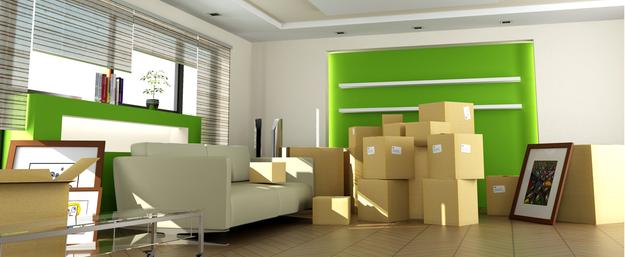A quick breakdown of your moving procedure;
1. Create an inventory of what you will be moving to your new address
2. Contact us and get a free quote for residential removals or business removals. Our quoting systems help you by providing an inventory list which you can use to keep track of what you need to move.
2. Sell, give away anything you no longer want.
3. Book your removal date.
4. Check out any insurance you may require.
5. Arrange Storage if necessary.
6. Purchase and pack your items in boxes.
Before you can start packing, you may need the following materials:
- Strong Boxes.
- Wardrobe Boxes with Hanger Bars.
- Packing Tape.
- Bubble Wrap, Wrapping Paper, Newspaper, Tissue Paper.
- Texter Markers.
- Notes for Wrapping
Use bubble wrap, wrapping paper, or tissue paper to wrap all your breakables.
Newspaper will leave ink smudges on your bits and pieces and should only be used to cushion items that are already protected.
Use towels, old linen, and blankets to wrap and cushion fragile items.
Use zip lock bags for small odds and ends that usually clutter your drawers.
Get Packing
The best advice we can give is to begin packing well ahead of the move.
We recommend you use good, strong boxes, and always fully secure the bottoms.
Concentrate on one room at a time, and clearly label every box by item and room.
Designate an area close to your front door to place all your filled boxes before the move.
These hints will help you pack like a professional
Start by packing the items you don’t need for your daily living routine.
Pack all your one of a kind items (including wills, share certificates, jewellery, photographs, and home videos) separately so that they can be carried with you on moving day. Or you could consider moving these belongings to a safety deposit box until after the move.
Pack your breakables loosely with plenty of wrapping.
Make sure the boxes are clearly labelled FRAGILE, and stack them towards the top of your piles.
Pack your non-breakables tightly in smaller boxes.
Try to keep them to a weight you feel comfortable carrying. Pack your books flat and alternate the bindings so they stack evenly.
If you can, pack small appliances and electronic equipment in the boxes they came in, and tape them securely.
Make sure you have enough wardrobe boxes it’ll save you ironing later.
Bulky Things
When you take your bed apart, bind the frames together with tape or rope.
Cover your tables with old linen or a blanket. If you can, remove the legs. Wrap the nuts and bolts in a plastic bag and tie them to a leg.
For white goods, appliances, and other electronic equipment, check your owner’s manual for any special instructions for moving.
Secure all drawers, ice containers, and other loose parts in your refrigerator. Pad any exposed coils to protect them during the move.
Tricky Things
Loosen the handlebars on your bikes and turn them sideways. Cover the chains and pedals to keep oil and grease off other items.
Wrap your small mirrors and pack them in boxes. Cover your wall mirrors, large paintings and other artwork with cardboard. If they’ll fit, slide them into wardrobe boxes.
If your outdoor furniture is too heavy or bulky to move intact, disassemble what you can and place the nuts and bolts in a plastic bag to be taped to one part.
Roll up your carpets and rugs and secure with rope or tape.
Make sure all sharp edges on your tools or attachments are wrapped to prevent injury. Pack your power tools with plenty of cushioning, and tape or tie your tool chests securely.
Carefully dispose of the petrol and oil from your lawnmower and other machinery, as well as any flammable or poisonous household products.
Do not pack oil rags: dispose of them to avoid spontaneous combustion.


Recent Comments